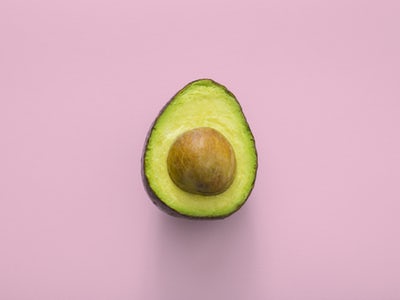LATEX & DIETARY LATEX
 Natural rubber latex is derived from the latex sap of the rubber tree and is used to manufacture a wide range of household and medical products.
Natural rubber latex is derived from the latex sap of the rubber tree and is used to manufacture a wide range of household and medical products.
Symptoms of a latex reaction can include hives, contact dermatitis, rhinitis (sneezing, runny nose and itchy eyes), wheezing, headaches, abdominal cramps and even anaphylaxis.
Some people who have an adverse reaction to latex can also react to certain foods which contain a protein which is similar to a specific protein found in latex.
The following list is only a guide:
|
HOUSEHOLD |
CLOTHING & SHOES |
MEDICAL |
FOODS WITH LATEX-LIKE PROTEINS |
|
Balloons Band aids Bandages Baby bottle teats Baby pacifers Diaphragms Condoms Sanitary and inconitinence pads Buttons on electrical equipment eg tv remote Mouse pads and mouse Elastic bands Dishwashing & gardening gloves Rubber handles eg cricket or tennis racquets, gardening tools Erasers / rubbers Mattresses Carpet underlay Rubber toys eg dog toys and balls or bath toys Halloween / dress up masks
|
Shoe soles eg Converse Elastic in underwear Elastic in clothing eg spandex Swimsuits Nappies |
Surgical adhesive tape Facemasks Band aids Bandages Bulb syringes Dental equipment Electrode pads Surgical gloves Mattresses PCA syringes Root canal sealant Rubber syringe stoppers Stethoscope and blood pressure cuff tubing Tourniquets Urinary catheters Wound drains |
High level ** Moderate *
Avocado ** Banana** Kiwifruit** Chestnut** Passionfruit** Apple * Carrots * Celery * Melons * Papaya * Potato * Tomato * Apricot Cherries Figs Grapes Hazelnuts Mango Nectarines Peaches Peanuts Pear Pineapple Plum Rye Soybean Strawberries Walnuts |